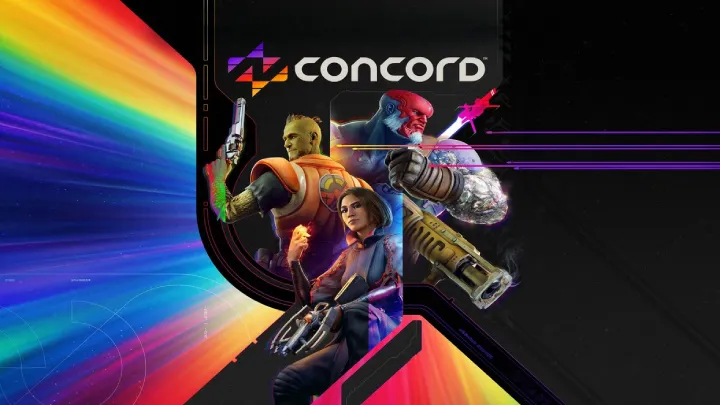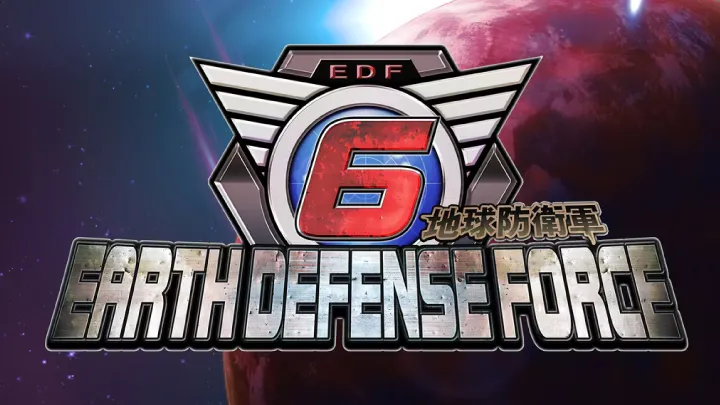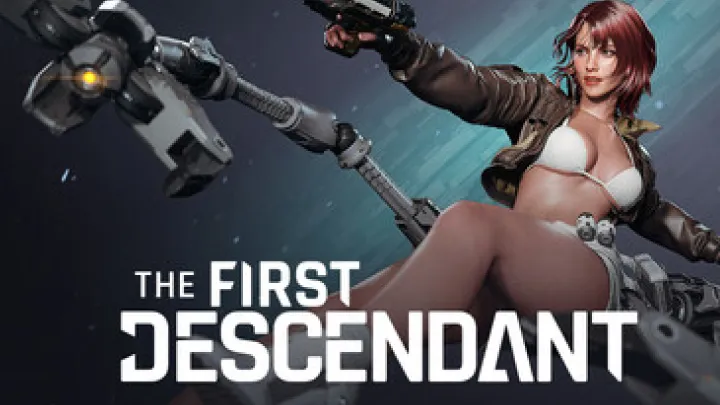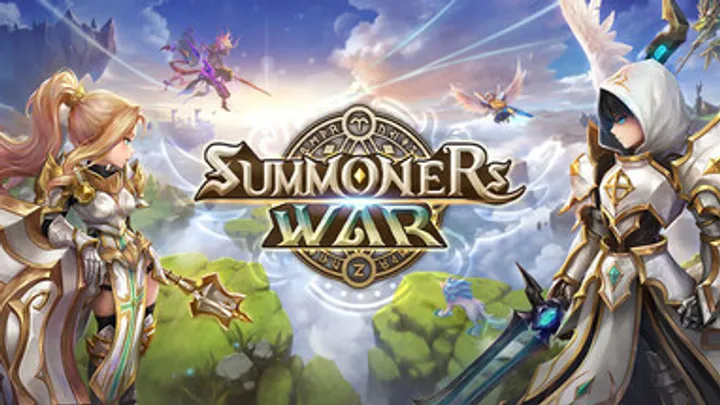Morimens is a game that blends monster collection, RPG mechanics, and tactical combat, creating a complex ecosystem where player decisions directly influence success. While many players focus on collecting rare creatures, the real depth lies in understanding the monster evolution system and its impact on both PvE and PvP battles. This article dives deeply into this specific issue, analyzing how progression, skill synergies, and resource management define mastery in Morimens. By following ten stages—from initial captures to advanced competitive strategy—we explore the design decisions and player strategies that make Morimens both challenging and rewarding.
1. The Initial Capture: Understanding the Monster Ecosystem
At the start of Morimens, players are introduced to a diverse range of low-level monsters. The game emphasizes understanding elemental types, base stats, and early skill sets. Early captures serve two purposes: familiarizing players with the mechanics and teaching resource allocation for training and evolution.
Importance of Elemental Matching
Elemental affinity determines damage multipliers and resistance. Early encounters teach players that even a minor mismatch can slow progression significantly.
Resource Management in Early Game
Players must allocate food, coins, and experience items efficiently. Prioritizing monsters with better growth potential accelerates mid-game readiness.

2. Early Evolution Mechanics: Gaining Strategic Advantages
Once initial monsters reach level thresholds, evolution becomes possible. Early evolutions unlock new skills and increase base stats, giving players a sense of empowerment.
Evolution vs. Training
Choosing when to evolve is a strategic decision. Premature evolution can waste resources if the monster doesn’t learn optimal skills.
Early Skill Synergies
Combining elemental attacks with passive buffs creates stronger early-game combos, making dungeon runs more efficient.
3. Formation and Team Composition Basics
Morimens isn’t just about individual monsters; it’s about team synergy. Early on, players must decide the balance between attackers, defenders, and support monsters.
Role Definition
Attackers deal primary damage, defenders mitigate it, and supports enhance stats or control the battlefield. Proper balance prevents early PvP defeats.
Positional Strategy
Placement affects skill targeting and elemental interactions. Even a level advantage can fail without strategic arrangement.
4. Mid-Game Progression: Scaling Challenges
As players advance, dungeons, bosses, and PvP opponents become increasingly difficult. Monsters need targeted evolutions, stat optimization, and precise skill rotations.
Level Cap Considerations
Reaching level caps without upgrading evolution limits performance. Timing evolution unlocks ensures that monsters remain competitive.
Resource Bottlenecks
Coins, evolution stones, and rare skill books become scarce. Mid-game success depends on prioritizing high-potential monsters.
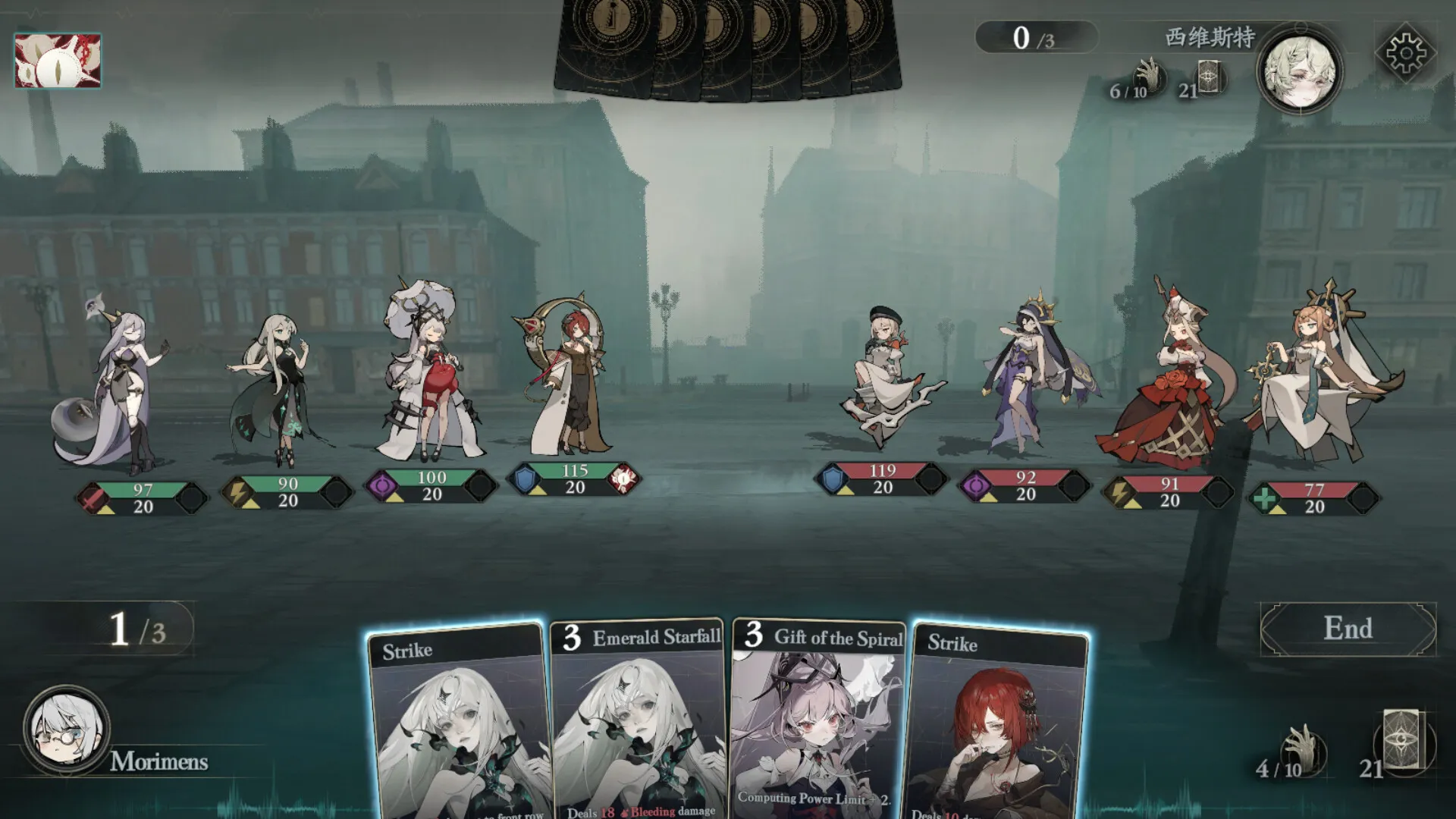
5. PvE Combat Strategy: Efficiency and Reward Optimization
PvE content rewards players with experience, evolution materials, and rare skill items. Strategy involves balancing risk and reward through effective monster use.
Chain Skills and Combos
Certain skill combinations trigger bonus effects, multiplying damage or controlling enemies. Players must plan skill sequences in advance.
Dungeon Type Adaptation
Different dungeons require specific monster types. Fire-heavy teams excel in ice dungeons, but fail in lightning-heavy ones. Preparation is key.
6. Advanced Evolution Tactics: Unlocking Full Potential
Late-stage evolution introduces specialized forms that unlock advanced abilities and passive traits. This phase separates casual players from competitive ones.
Selective Evolution
Not all monsters need to reach the highest evolution immediately. Choosing the right evolution path affects PvP viability.
Skill Redistribution
Advanced forms may allow skill swaps or refinements. Understanding which skills synergize with the rest of the team maximizes efficiency.
7. PvP Combat: Strategic Depth and Meta Considerations
PvP introduces unpredictability, requiring players to anticipate opponents’ evolutions, formations, and skill rotations.
Countering Popular Meta Teams
Certain evolution combinations dominate PvP. Knowledge of common team archetypes allows players to preemptively counter them.
Timing and Turn Manipulation
Using skills to control turn order or interrupt combos is critical. Strategic style switching can determine victory or defeat.
8. Resource Management in Late Game: Prioritization and Optimization
Endgame resources are limited but necessary for upgrading top-tier monsters. Effective allocation ensures competitive edge.
Prioritization Rules
Focus on monsters with high stat growth, versatility, and strong synergy with other evolved monsters.
Event-Based Resource Planning
Timed events often offer rare evolution stones or skill books. Planning which monsters to enhance during events maximizes ROI.
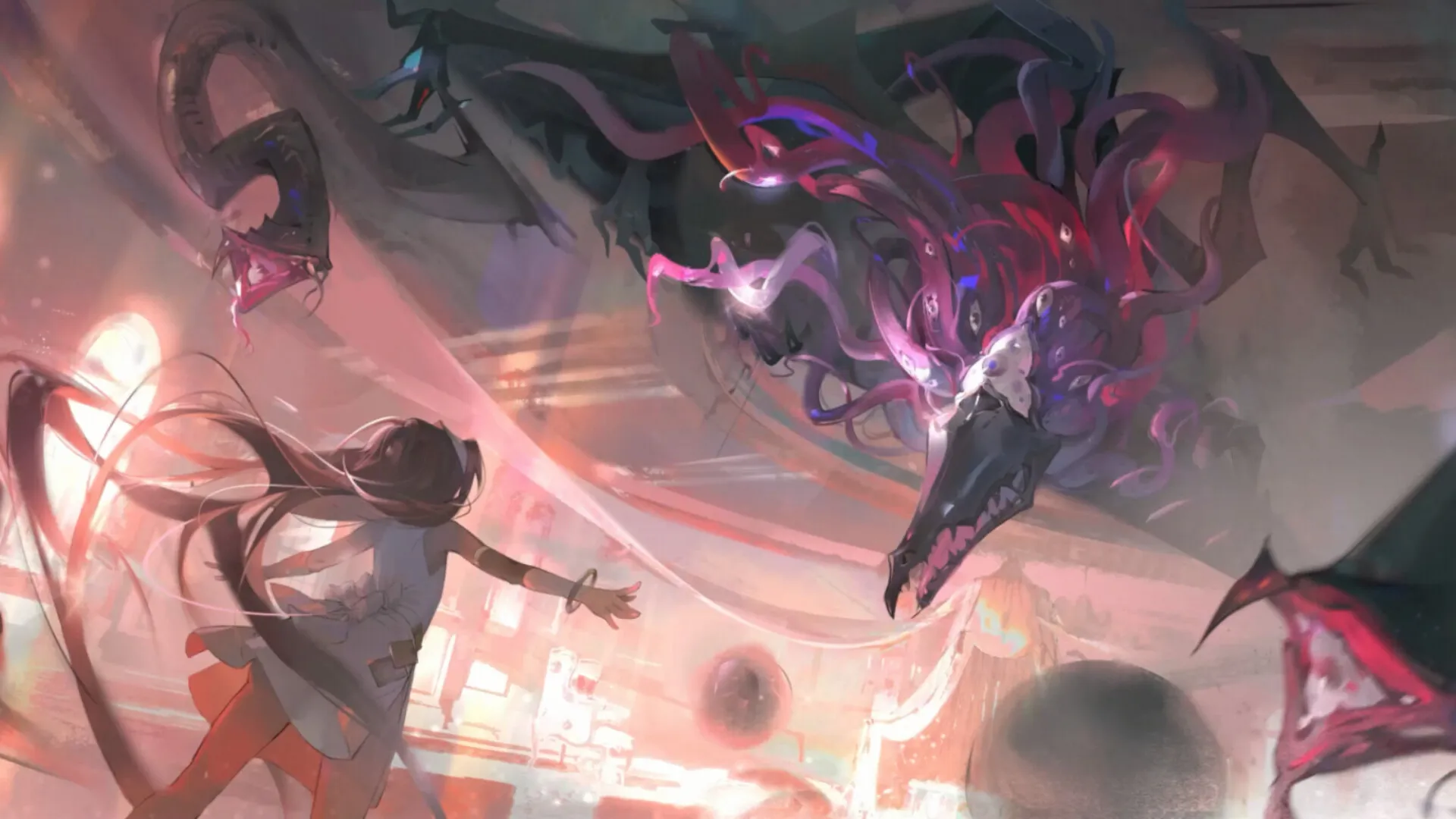
9. Team Building for High-Level Challenges
Endgame dungeons and elite PvP require precise team construction, balancing elemental coverage, skill synergy, and evolution stages.
Multi-Layered Synergies
Combining defensive buffers, area damage, and control skills ensures adaptability.
Flexibility vs. Specialization
Players must decide between highly specialized teams for single challenges or flexible teams for general play. Both approaches have strategic merit.
10. Long-Term Strategy and Mastery
Mastery in Morimens is achieved by understanding evolution timing, resource prioritization, skill synergy, and tactical deployment. Players who succeed consistently integrate these aspects to anticipate opponent behavior, optimize dungeon efficiency, and maintain competitive PvP performance.
Continuous Assessment
Monitoring monster growth, skill progression, and opponent trends allows players to refine strategies iteratively.
Legacy and Competitive Edge
Top-tier players cultivate a core roster that evolves with game updates, maximizing longevity and meta relevance.
Morimens’ depth lies not in the sheer number of monsters, but in how evolution and strategy interact to define mastery. From early captures to late-game competitive play, understanding evolution timing, skill synergy, and resource allocation is critical. Players who integrate these elements achieve efficient PvE progression and maintain a competitive PvP edge. The game rewards foresight, adaptability, and strategic thinking, making Morimens a challenging and richly rewarding experience for dedicated players.










